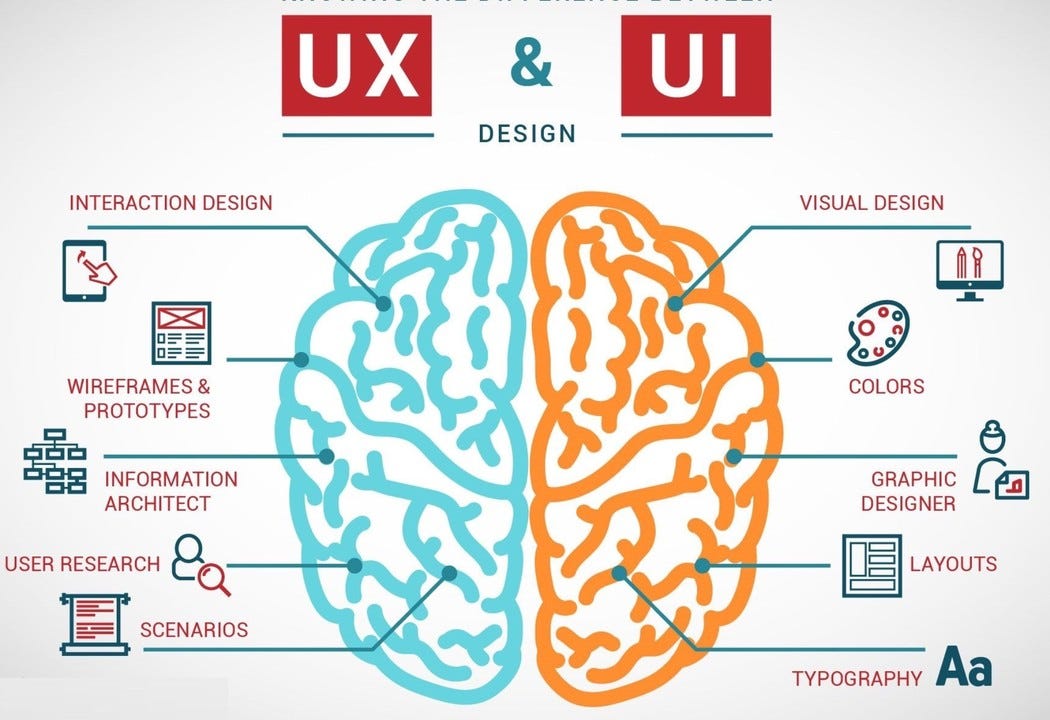
Short answer: A UI/UX designer creates the interfaces and user experiences of a game—designing menus, HUDs, icons, and flows that make interaction clear, intuitive, and enjoyable.
Who is NOT a UI/UX Designer?
- A person who only codes gameplay systems (that’s a Programmer) is not a UI/UX Designer.
- A person who only draws concept art (that’s a Concept Artist) is not a UI/UX Designer.
- A person who only balances mechanics (that’s a Game Designer) is not a UI/UX Designer.
- A person who only creates visual assets without flow design (that’s a Graphic Artist) is not a UI/UX Designer.
What does a UI/UX Designer do?
- UI design: menus, HUDs, buttons, icons, inventory screens, health bars.
- UX design: user flows, wireframes, navigation, accessibility.
- Player feedback: communicate game states (ammo, score, cooldowns).
- Consistency: ensure style, readability, and usability across the game.
- Accessibility: colorblind modes, scalable fonts, input remapping.
- Collaboration: work with programmers, artists, and game designers.
Why it matters
UI/UX connects players to the game. Without clear and intuitive interfaces, even great mechanics become frustrating or confusing.
Common misconceptions
- “UI/UX is just drawing pretty menus.” → It’s about usability, flow, and clarity, not just visuals.
- “It only matters in menus.” → UI/UX is also in-game HUDs, tooltips, and feedback systems.
- “Any designer can do it.” → UI/UX requires specialized knowledge of interaction design and psychology.
Core skills & tools
- Design software: Figma, Adobe XD, Photoshop, Illustrator.
- Engines: Unreal UMG, Unity Canvas.
- Wireframing & prototyping: InVision, Miro, FigJam.
- Knowledge: human-computer interaction, usability heuristics.
- Soft skills: communication, user testing, iterative design.
Practical frameworks
- Wireframe → Prototype → Implement → Test → Iterate.
- Hierarchy of information: most important info always most visible.
- Feedback loop: every action should give visual/audio confirmation.
- Consistency principle: repeat patterns across menus and gameplay.
Portfolio tips
- Show wireframes → final designs side by side.
- Include interactive prototypes (Figma/InVision links).
- Present before/after usability improvements.
- Demonstrate game-specific HUDs (health, inventory, minimap).
Quick example
Think Overwatch: clean, readable HUD with clear ability icons and cooldowns.
Or Dead Space: diegetic UI (health bar on the suit, ammo count on the gun) integrated into the world.
Author: Pouria Mojdeh
References:
- Will Grant – Games User Research (CRC Press, 2020)
- Jenifer Tidwell – Designing Interfaces (O’Reilly, 2019)
- Alan Cooper – About Face: The Essentials of Interaction Design (Wiley, 2014)
- Jesse Schell – The Art of Game Design: A Book of Lenses (CRC Press, 2019)
- Game Developer (formerly Gamasutra) – www.gamedeveloper.com
